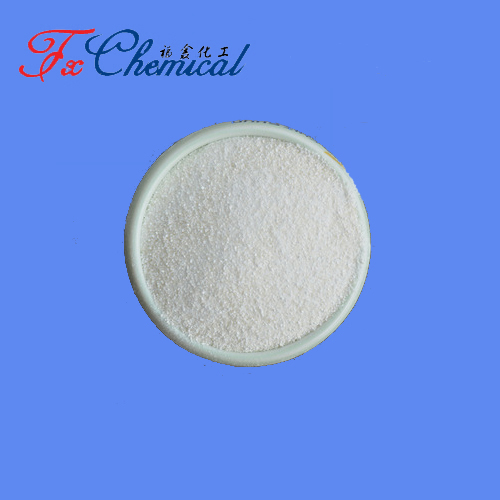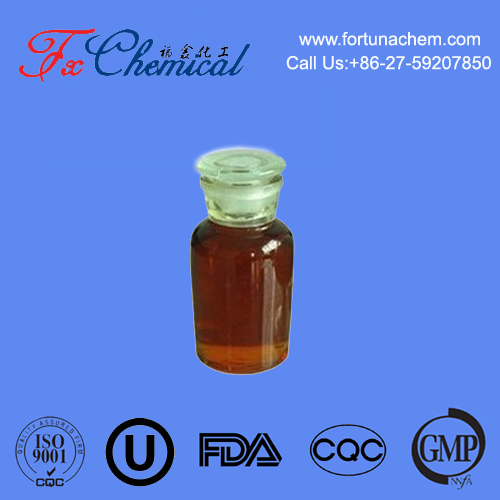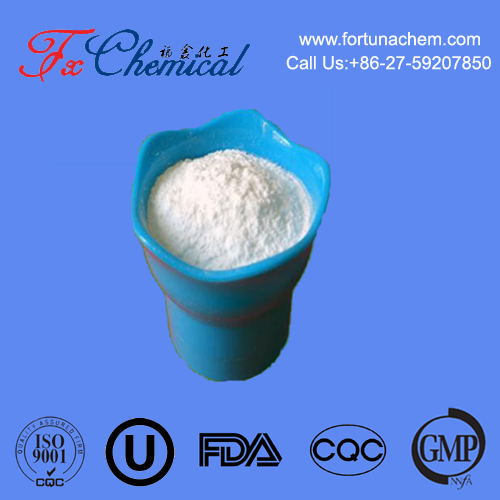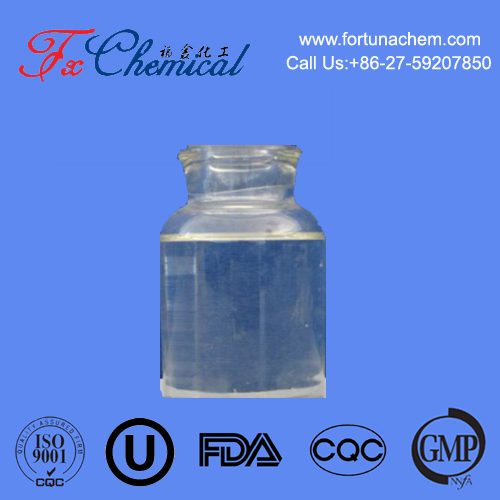
Search

Search



**Oxobutanedioic acid** is a chemical compound that is also known by its common name **malonic acid**. Its chemical formula is **C3H4O4**. The compound is a dicarboxylic acid, meaning it contains two carboxyl (-COOH) groups. Malonic acid is commonly used in organic synthesis and plays a role in various biochemical processes.
In its simplest form, it can be thought of as a molecule with two carboxylic acid groups attached to a three-carbon chain. It is involved in the **Krebs cycle** (also known as the citric acid cycle) in biochemistry, which is crucial for energy production in living cells.
Malonic acid and its derivatives have applications in the production of dyes, pharmaceuticals, and as a building block in the synthesis of other organic compounds.
**Oxobutanedioic acid**, commonly known as **malonic acid**, has a variety of applications in different industries due to its versatile chemical structure. Here are some key applications:
### 1. **Organic Synthesis**
- **Building Block for Synthesis**: Malonic acid is used as a starting material in the synthesis of a wide range of organic compounds, including drugs, dyes, and agrochemicals.
- **Malonic Ester Synthesis**: Malonic acid can be esterified to produce malonic esters (methyl malonate, ethyl malonate), which are important intermediates in the synthesis of various chemicals, including pharmaceuticals, plastics, and flavors.
### 2. **Pharmaceuticals**
- **Drug Development**: Malonic acid is involved in the synthesis of several pharmaceutical compounds. For example, it can be used in the synthesis of **barbiturates**, a class of drugs used as sedatives or anticonvulsants.
- **Metabolic Pathways**: Malonic acid is also studied for its role in cellular metabolism, particularly in the **Krebs cycle**, where it can affect the production of energy in cells.
### 3. **Agriculture**
- **Herbicides**: Derivatives of malonic acid can be used in the formulation of herbicides and pesticides to control unwanted plants or pests.
- **Fungicides and Insecticides**: Malonic acid derivatives may also have applications in protecting crops from various fungal and insect infestations.
### 4. **Polymer Industry**
- **Polyester Production**: Malonic acid can be used in the production of biodegradable polyesters, which have applications in plastics and packaging materials.
- **Resins**: It can also be used to make resins for various industrial and commercial applications.
### 5. **Food Industry**
- **Flavoring Agent**: In some cases, malonic acid and its derivatives are used to produce flavorings, especially in processed foods. They can contribute to acidic or tart tastes.
- **Preservatives**: Certain malonic acid derivatives are used as food preservatives due to their ability to inhibit the growth of bacteria and fungi.
### 6. **Chemical Research**
- **Intermediate in Chemical Reactions**: In laboratory settings, malonic acid serves as a key intermediate for the synthesis of a variety of chemicals, including dyes and pigments, as well as in studies related to organic chemistry and biochemistry.
### 7. **Electrochemical Applications**
- **Batteries and Supercapacitors**: Research into malonic acid and its derivatives suggests potential applications in energy storage systems, including the development of **batteries** or **supercapacitors** for efficient energy storage.
### 8. **Cosmetics and Personal Care**
- **Exfoliants and Skin Care**: Malonic acid derivatives may be included in some cosmetic formulations, particularly in products that aim to exfoliate or rejuvenate the skin, although this application is less common.
These applications demonstrate the broad versatility of oxobutanedioic acid (malonic acid) across several fields.

Fortunachem Provides Not Only Professional Chemical Products But Also Professional Help
Keeping you up-to-date with all the latest information, news, and events about Fortunachem!

Quick Links
Add:
E-mail:
 English
English  Español
Español  français
français  العربية
العربية 






